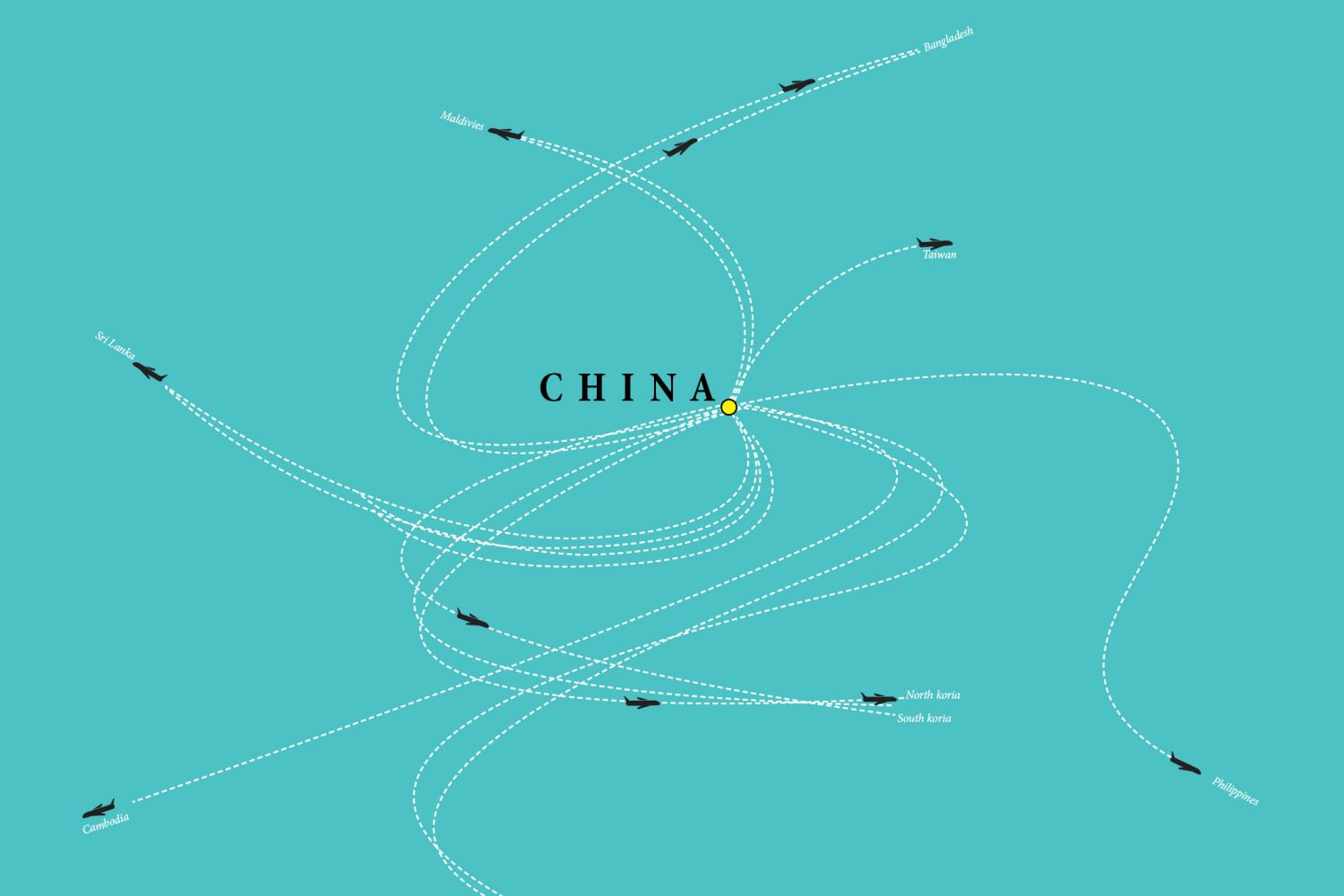
Obsessed with international recognition, winning friends and
outwitting adversaries, Prime Minister Narendra Modi has followed a baffling
global itinerary and travelled to 53 countries covering five continents during
his 46 months in office. Claiming to propel the economy and burnis India’s
reputation, Modi has travelled five times to the US, three times each to China,
Russia, France and Germany and twice to 10 other countries, besides 38 maiden
visits to as many countries. Signing a plet





